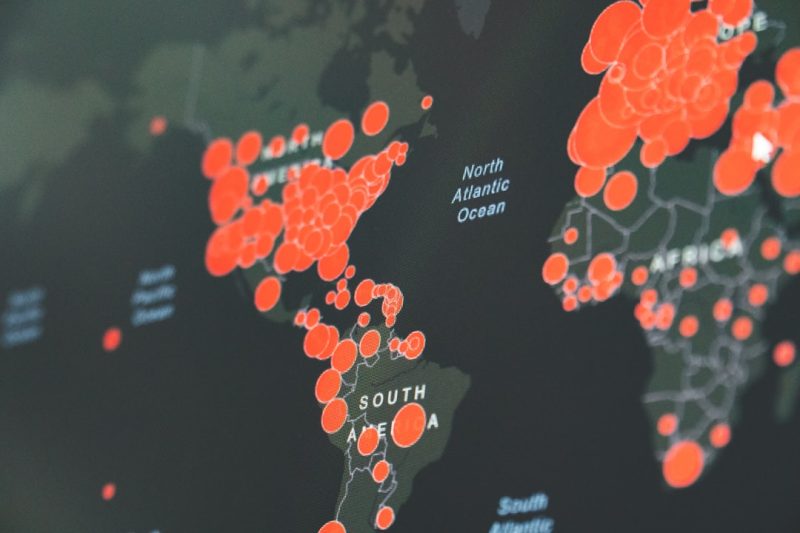When selecting a web hosting provider, many businesses and developers focus on price, storage, or bandwidth, but often overlook the location of the hosting provider’s data centers. Yet, this seemingly minor detail can significantly influence both website performance and loading times. Understanding how geography plays a role in internet speed and reliability is key to optimizing user experience.
Why Data Center Location Matters
The physical location of a data center dictates the distance your website’s data has to travel to reach users. The longer this distance, the higher the latency — the time it takes for a data request to travel from the user’s device to the server and back. This delay impacts how quickly pages load.
For example, if your website is hosted in Europe but your primary audience is in Asia, users may experience slower load times due to the increased data transmission time. It’s not just milliseconds — those seemingly small delays can add up and affect user retention and satisfaction.
[ai-img]data center, global map, server location[/ai-img]Effects on Website Performance
There are multiple areas where data center location affects performance:
- Latency: As mentioned, longer distance equals greater latency. A closer server reduces the number of network hops and boosts speed.
- Loading Times: Pages with high-resolution images, video, or scripts load more sluggishly when servers are far from the user’s location.
- Search Engine Optimization (SEO): Google considers page speed in its ranking algorithm. A slow site can lower your visibility in search results.
- Conversion Rates: Slow loading sites deter users from staying or making a purchase, directly affecting revenue.
Global Content Delivery Network (CDN) vs. Server Proximity
Some websites mitigate latency by using a Content Delivery Network (CDN). CDNs are networks of servers distributed across the globe that cache static copies of site content. When a user visits a site, the content is served from the closest CDN node, reducing latency and loading times.
However, CDNs are not a complete solution. They don’t handle dynamic content like form submissions or database queries. For these, the request still needs to hit the original server. That’s why the main server’s location still matters — especially for high-traffic or e-commerce websites.
[ai-img]cdn, internet speed, global content network[/ai-img]Choosing the Right Data Center Location
When selecting a hosting provider or server location, businesses should consider:
- Audience Geography: Look at where your users mostly live. Use analytics tools to monitor location data.
- Provider Network Infrastructure: Opt for hosting providers with high-quality peering and low-latency transit routes.
- Compliance Requirements: Some industries require data to be stored within specific countries due to privacy regulations.
- Multiple Locations: Reputable providers often offer multiple hosting regions — choose the one closest to your primary audience.
A carefully selected data center location offers faster website performance, greater user satisfaction, and improved business outcomes.
Frequently Asked Questions (FAQ)
-
Q: How can I find out where a hosting provider’s data center is located?
A: Most providers list data center locations on their website. You can also use domain tracing tools for more specifics. -
Q: Does data center location really matter for a small local business?
A: Yes. If your customers are local, hosting your site on a nearby server can provide faster service and improve customer experience. -
Q: Can a CDN completely replace the need for a nearby data center?
A: Not entirely. While a CDN helps with static content, dynamic content still depends on the origin server’s location. -
Q: What’s the best practice for a global website?
A: Use a combination of multiple regional servers and a robust CDN to ensure fast load times across all regions.





